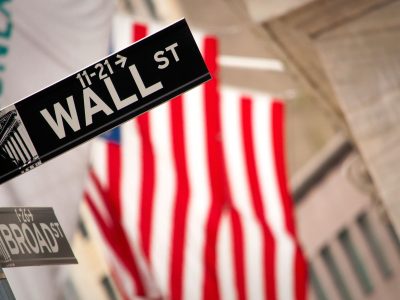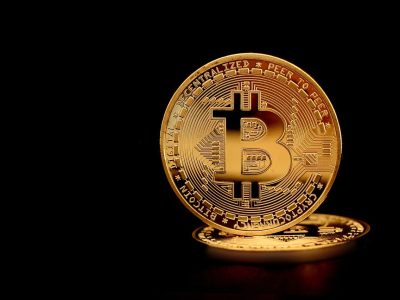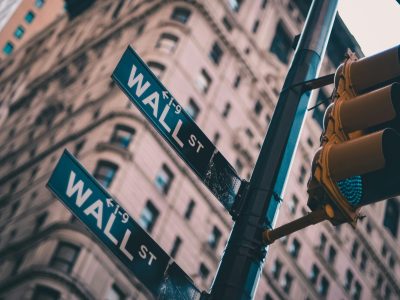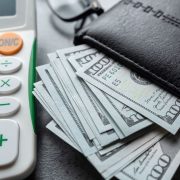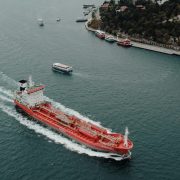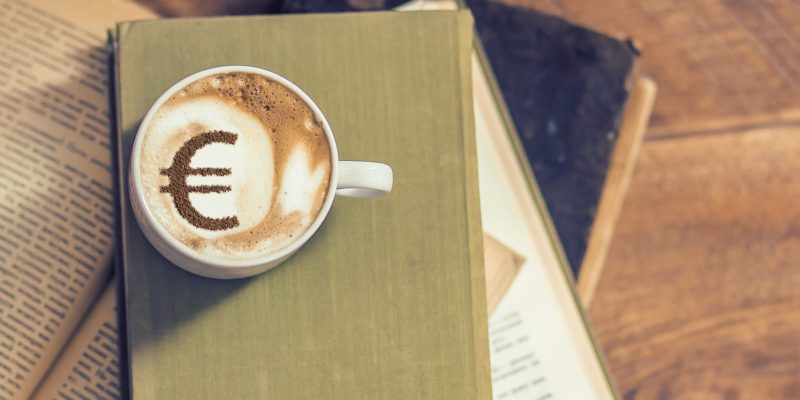
Italy’s cherished coffee culture is facing a significant challenge as global coffee bean prices surge to record highs, potentially forcing Italians to pay up to €2 for their beloved espresso shots.
This price increase, which could be as much as 66% higher than current rates, is stirring concern among consumers and cafe owners alike in a country where affordable coffee has long been a cultural staple.
Italians, accustomed to paying around €1.20 for an espresso or €1.50 for a cappuccino, are now bracing for a substantial price hike.
Coffee price hikes can disrupt lifestyle
Luigi Morello, president of the Italian Espresso Institute, which certifies quality, expressed the widespread anxiety:
Everybody is quite nervous, afraid and panicking about the price of espresso.
The potential price increase threatens to disrupt a deeply ingrained social habit.
Assoutenti, a prominent consumer association, estimates that Italians and foreign tourists consume a staggering 6 billion coffees annually at public establishments, generating revenues of approximately €7 billion.
This heavy caffeine habit has been fueled by the traditionally low coffee prices in Italy, which are among the lowest in Western Europe.
However, global coffee supply chains are facing significant disruptions due to climate change and recent geopolitical events.
Coffee futures prices skyrocket
Coffee futures prices have skyrocketed, with higher-end arabica coffee trading at $2.49 per pound and robusta beans topping $5,000 per tonne – double the prices from a year ago.
The situation has been exacerbated by Houthi militant attacks on ships in the Red Sea, forcing vessels to take longer routes and further straining supply chains.
Consumer groups are voicing their concerns about the impact of these price increases on daily life.
Gabriele Melluso, president of Assoutenti, warned that further price hikes at local cafes could threaten “a daily ritual for millions of citizens.”
There are fears that some Italians might resort to drinking coffee at home, using machines acquired during the COVID-19 pandemic, or even forgo their espresso habit entirely.
Coffee industry says price rises are bound to happen
The coffee industry, however, argues that price increases are unavoidable.
Representatives of baristas and cafe owners point out that traditional coffee bars, where espresso and related drinks can account for up to 30% of sales, are particularly vulnerable to rising costs.
Luciano Sbraga, deputy president of the Federation of Italian Public Establishments, painted a grim picture of the situation:
Dedicated coffee bars are in trouble. They can only work if they are run by families, with no employees, and no expensive locations. Then you can keep yourself alive.
The situation is complicated by Italy’s historical relationship with coffee pricing. For years, Rome regulated the price of espresso to keep it affordable for all.
Although these price controls ended decades ago, the expectation of cheap coffee remains deeply ingrained in Italian culture. Cafe owners face not only economic pressures but also social ones, as they are often deeply embedded in their local communities.
“There is an expectation among the people to have a fixed price, which is a political price,” Morello explained.
From the other side, baristas are afraid to increase too much, so as not to lose the volume.
This cultural expectation creates a challenging balancing act for cafe owners. Gianni Manganiello, who runs the Tazza D’Oro coffee shop in Rome’s Centocelle district, recently increased his espresso price from 90 cents to €1 per cup.
While he’s open to a further 10% increase if raw material costs continue to rise, he emphasizes the need for caution: “You can’t increase every price or all the customers disappear. You have to maintain a balance.”
Inflation adds further pressure
The pressure on cafe owners is multifaceted. In addition to rising coffee bean prices, they are also grappling with increased energy costs and other inflationary pressures. Consumer groups note that espresso prices have already risen by about 15% since 2021.
Major coffee roasters are also feeling the pinch and have already raised their prices. Industry leaders like Giuseppe Lavazza, chair of Lavazza Group, and Cristina Scocchia, chief executive of Illycaffè, have publicly warned of further price increases on the horizon.
Despite these warnings, some consumer advocates argue that coffee bars still maintain significant profit margins.
Melluso of Assoutenti contends that “the production cost of a cup is significantly lower than the selling price, and profit margins continue.”
This view, however, is contested by industry representatives who point to the increasing costs across the supply chain.
The situation has led to some creative solutions. In Liguria, one bar owner responded to customer complaints about prices by offering to sell espresso for just 70 cents if customers brought their cups, spoons, and sugar from home.
Such initiatives highlight the lengths to which some cafe owners are willing to go to maintain their customer base while grappling with rising costs.
As the Italian coffee industry navigates these turbulent waters, the outcome remains uncertain. Will Italians adapt to higher prices, or will their coffee consumption habits change dramatically?
The answers to these questions could have far-reaching implications for Italy’s cafe culture, tourism industry, and daily social life.
For now, Italians are holding their breath – and their wallets – as they wait to see how much their next cup of coffee will cost.
The coming months will reveal whether the country’s longstanding love affair with affordable espresso can withstand the pressures of global economic forces.
The post Italian espresso prices could rise by 66% as global coffee costs soar appeared first on Invezz

